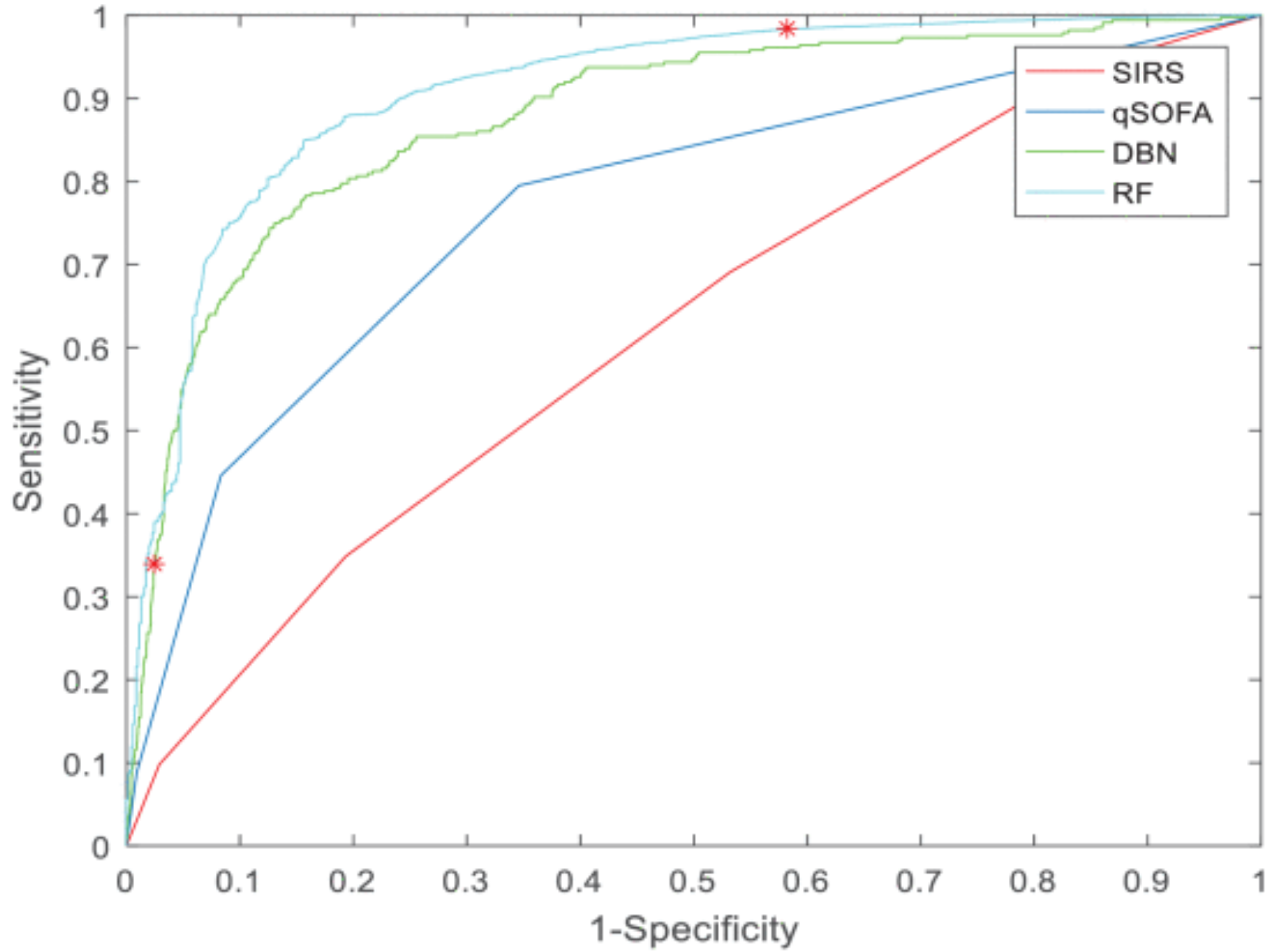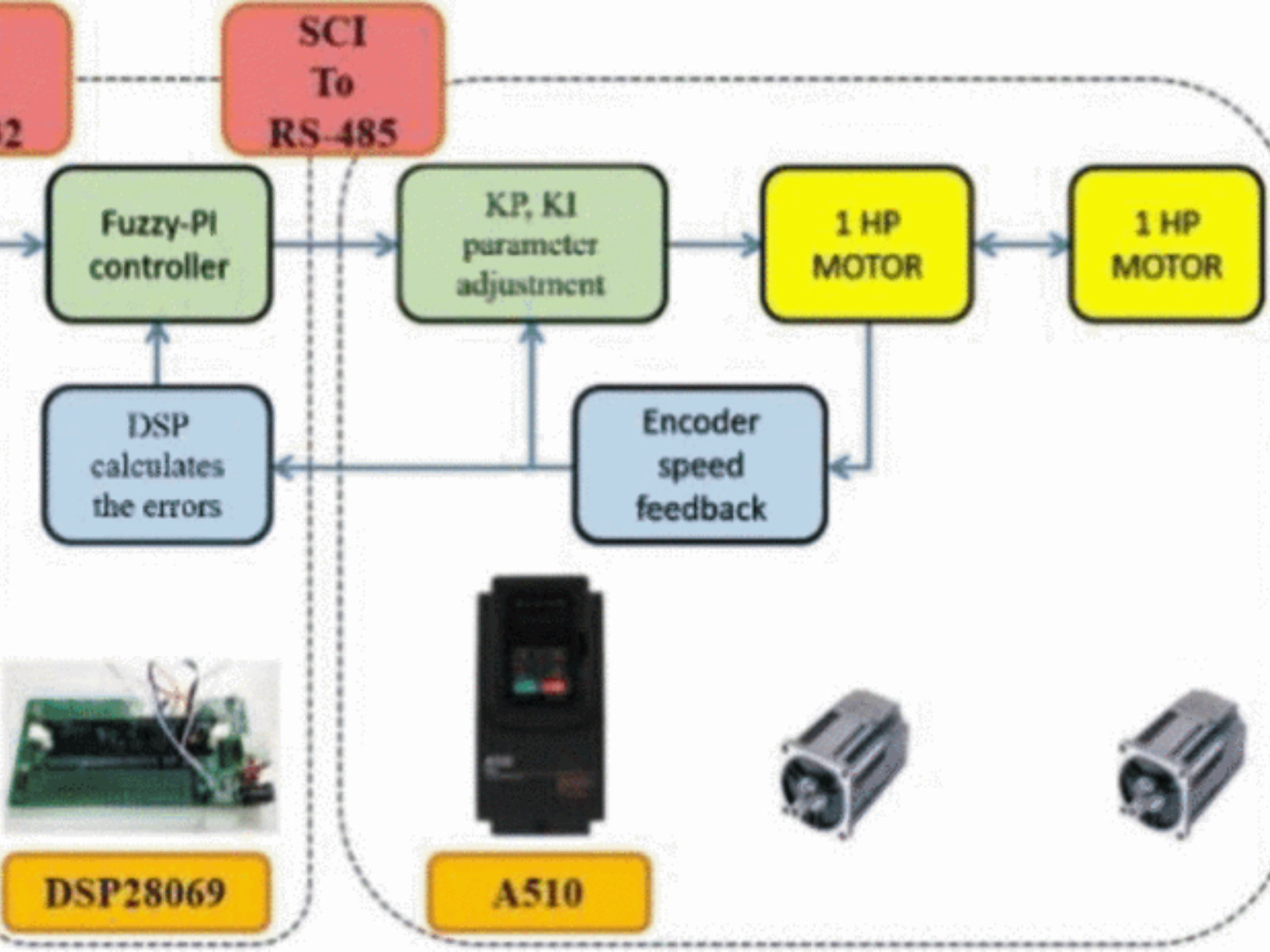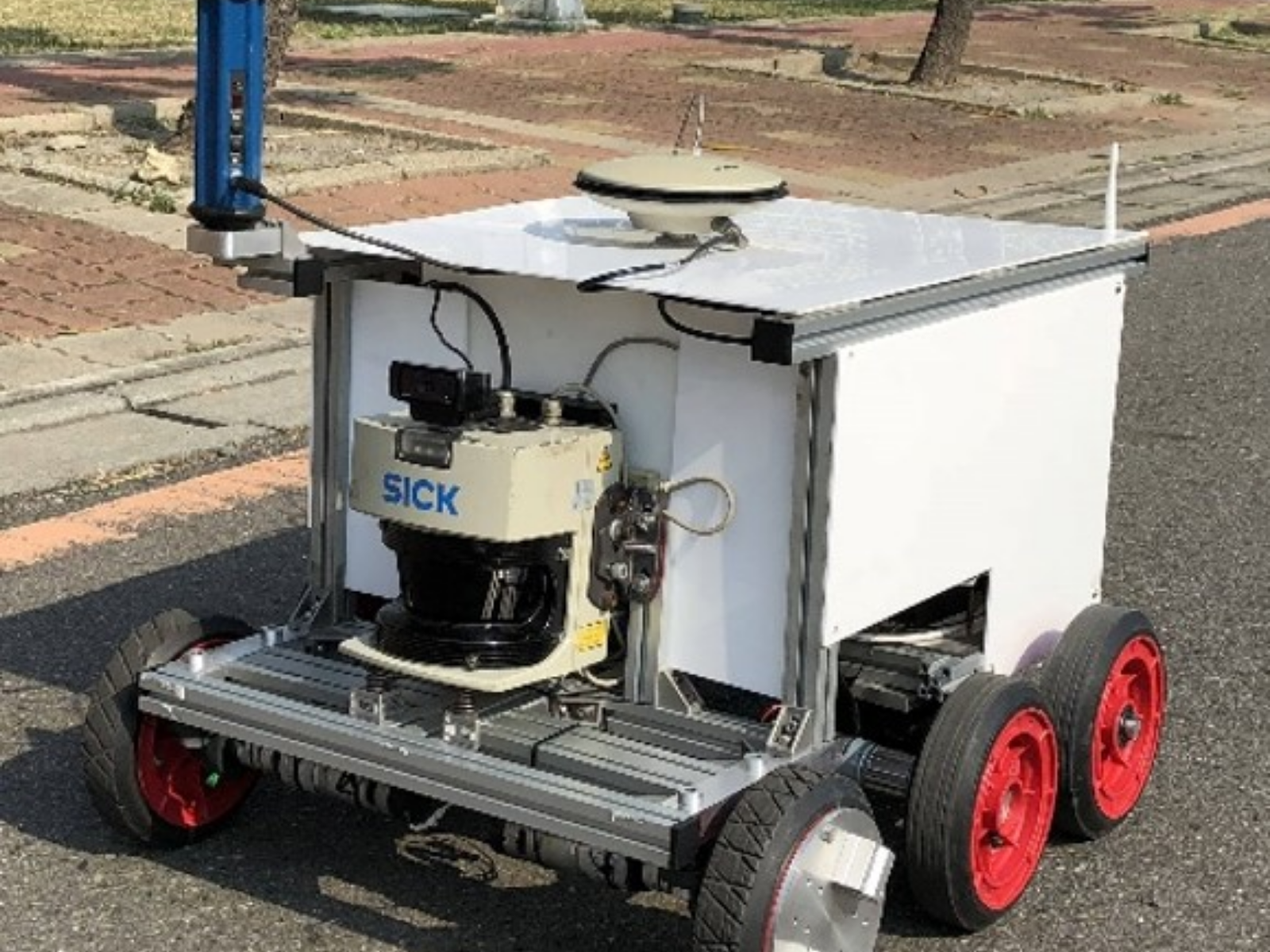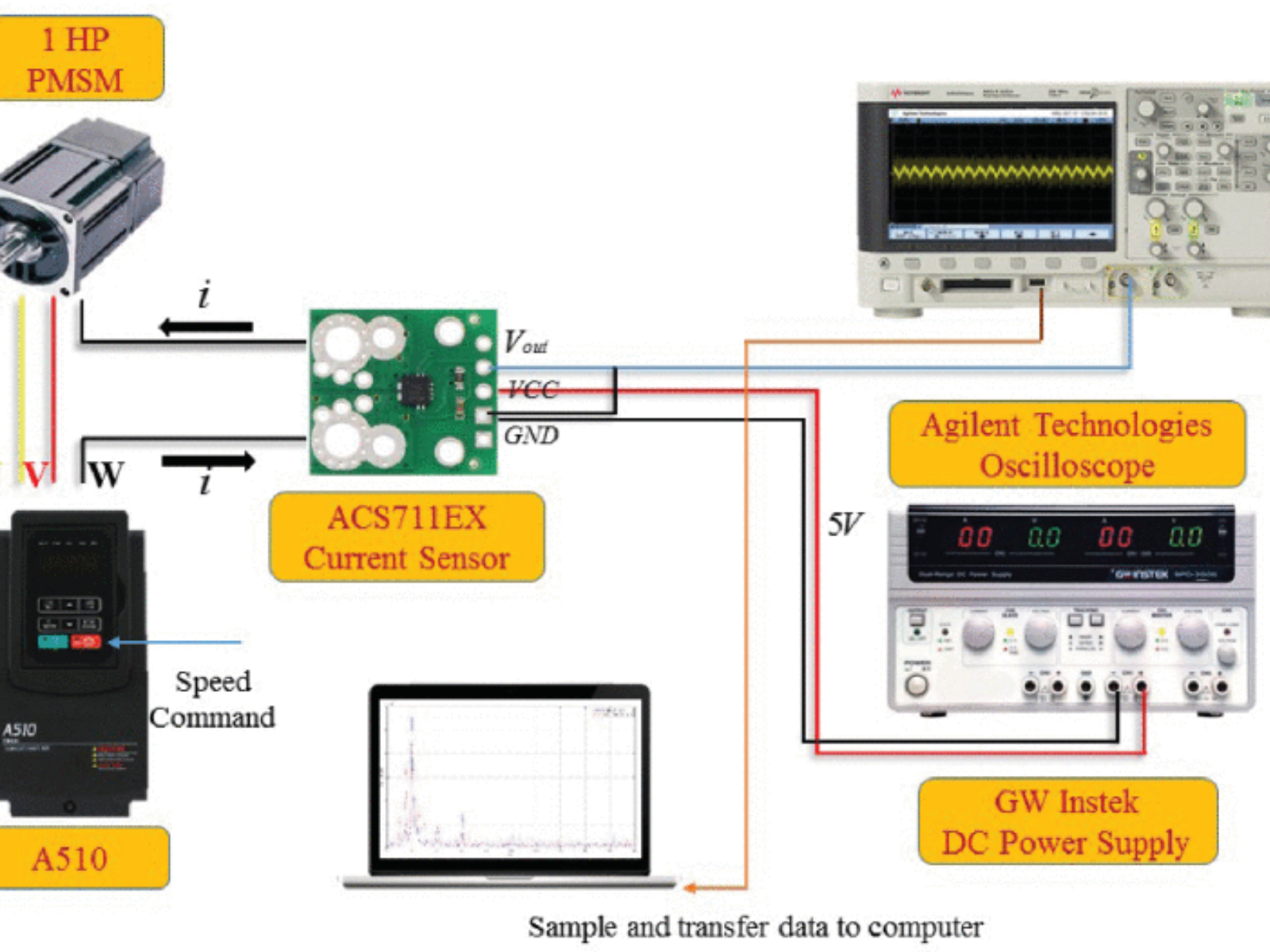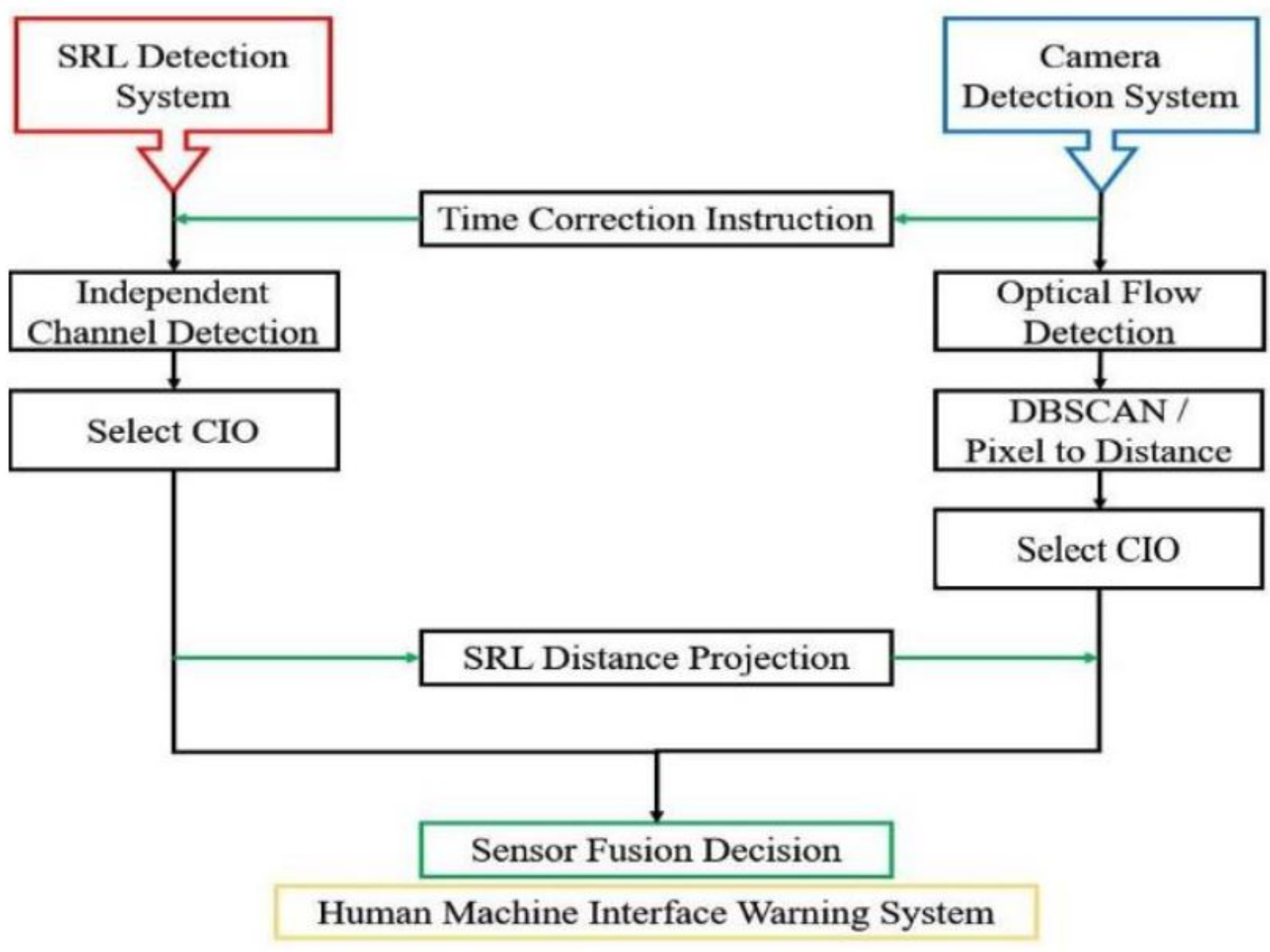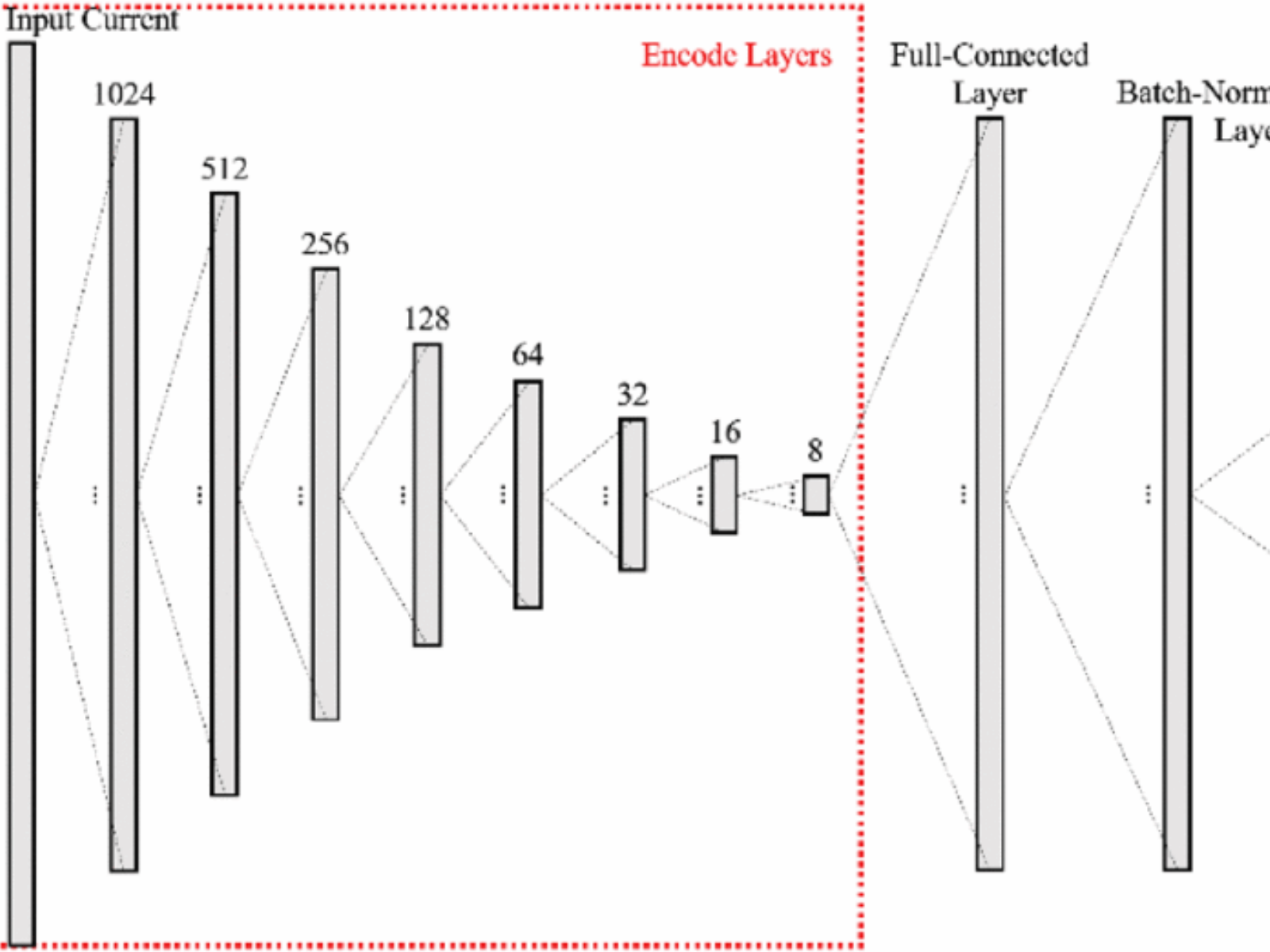In this paper, a deep belief network (DBN) is proposed as an effective method to predict the mortality of patients within the first 72 h of visiting an emergency room (ER), i.e., 72-h mortality. Previously, physicians used the quick sequential organ failure assessment (qSOFA) and systemic inflammatory response syndrome (SIRS) to determine the survival probability of patients. Although such prediction methods are convenient, there is room for improvement in their accuracy. To demonstrate the effectiveness of our proposed method, original data from a hospital was used. A single-center retrospective study was performed regarding adult ER patients who were admitted between January 2007 and December 2013 with an infection. The qSOFA and SIRS scores were calculated using primary vital signs and laboratory data. A DBN was then used to predict patients’ survival rates and to choose 65 clinical variables as an input. Utilizing the DBN, the joint probability distribution of the 65 clinical variables was calculated, and valid solutions of the decreased features were achieved. Results indicate that the DBN can predict the 72-h mortality of ER septic patients more accurately than the qSOFA or SIRS. This paper aims to design an effective prediction system to assist clinicians in their diagnosis using a DBN for early risk stratification and intervention.
https://ieeexplore.ieee.org/document/8558682
Please login to comment.



